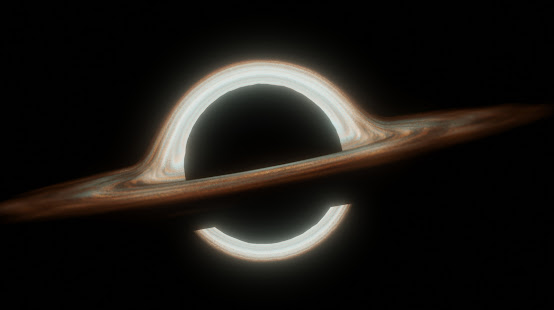Phoenix A - A Supermassive Black Hole
Explore the cosmic marvel of Phoenix A, a supermassive black hole nestled in the constellation Virgo, captivating astronomers with its binary system and powerful jets. This enigmatic entity, born from galactic collisions, offers insights into black hole mergers and galactic evolution. Join us on a journey through space and time as we unravel the mysteries of the universe through the lens of Phoenix A.
The Discovery of Phoenix A
Phoenix A, also known as 3C 75, is a remarkable celestial object situated approximately 340 million light-years away in the constellation Virgo. Its discovery dates back to the mid-20th century when astronomers began to explore the depths of the universe with increasing sophistication.
Initially identified as a peculiar radio source, Phoenix A quickly drew attention due to its unusual characteristics. Further observations revealed a binary supermassive black hole system at its core, making it a rare and intriguing cosmic specimen.
The Dual Black Hole System
At the heart of Phoenix A lies a cosmic spectacle: two supermassive black holes locked in a gravitational dance, spiraling toward each other over cosmic timescales. This binary system is a consequence of a galactic collision between two massive galaxies, a cosmic ballet that continues to unfold over millions of years.
The interaction between the two black holes generates immense gravitational forces, causing surrounding matter to spiral inward and emit powerful jets of energy and radiation. These jets, composed of accelerated particles traveling at nearly the speed of light, extend over vast distances, shaping the surrounding interstellar environment and leaving an indelible mark on the cosmic landscape.
The Cosmic Crucible: Black Hole Mergers
The eventual fate of the binary black holes in Phoenix A remains a subject of intense scientific inquiry. As they continue to spiral closer together, their gravitational influence grows ever stronger, culminating in a cataclysmic event: a merger of supermassive proportions.
Such mergers represent some of the most energetic events in the universe, releasing titanic bursts of gravitational waves that ripple through the fabric of spacetime. Detecting these elusive signals remains a primary goal of gravitational wave observatories, offering unprecedented insights into the dynamics of black hole interactions and the evolution of galaxies.
Unraveling the Mysteries of the Cosmos
The study of Phoenix A provides a unique window into the complex interplay between supermassive black holes, galaxies, and the cosmic web of structures that define the universe. By probing the depths of this cosmic crucible, astronomers seek to unravel fundamental questions about the nature of spacetime, the origin of galaxies, and the ultimate fate of the cosmos itself.
Through observations across the electromagnetic spectrum, from radio waves to X-rays, scientists endeavor to piece together the intricate puzzle of Phoenix A and its place in the cosmic hierarchy. Advanced computational simulations, informed by theoretical models and observational data, offer valuable insights into the dynamics of black hole mergers and their impact on galactic evolution.
A Beacon in the Cosmic Darkness
In the vast expanse of the cosmos, Phoenix A stands as a beacon of discovery, illuminating the mysteries of the universe with its dazzling radiance. From the depths of its gravitational well to the far reaches of its energetic jets, this supermassive black hole system serves as a testament to the boundless wonders that await exploration in the cosmos.
As astronomers continue to unravel the secrets of Phoenix A and its cosmic counterparts, they embark on a journey of discovery that transcends the confines of space and time. Each observation, each theoretical insight, brings us closer to unlocking the profound mysteries of the universe and understanding our place within its grand tapestry.
In the relentless pursuit of knowledge, we venture forth into the cosmic abyss, guided by the brilliance of objects like Phoenix A, as we seek to illuminate the darkest corners of the cosmos and unveil the secrets that lie hidden within.

Comments
Post a Comment